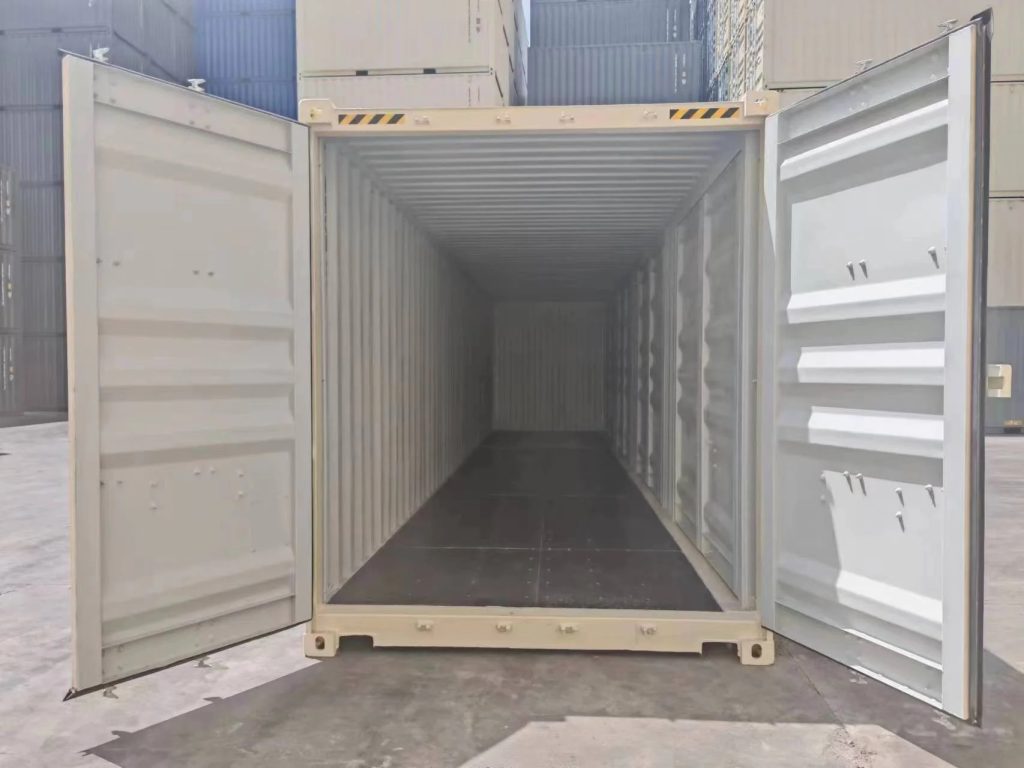15 Top Twitter Accounts To Discover Shipping Container Dimensions

Understanding Shipping Container Dimensions: A Comprehensive Guide
In today's globalized economy, shipping containers play a vital role in the transport and storage of items. Comprehending their dimensions can be essential for businesses included in logistics, trade, and transport. This blog site post will dive into the numerous shipping container dimensions, their types, and the important aspects to think about when choosing a container for your needs.
What is a Shipping Container?
A shipping container is a large standardized box designed for the effective transport of cargo, usually by ship, truck, or rail. These containers are produced to assist in international trade and simplify the shipping process. Shipping Container Prices are available in basic sizes to make sure compatibility throughout shipping lines and modes of transport.
Standard Shipping Container Dimensions
Shipping containers can be found in numerous sizes, with the most typical dimensions being 20-foot and 40-foot containers. Below is a table outlining the basic dimensions for these container types:
| Container Type | Length (Feet) | Width (Feet) | Height (Feet) | Volume (Cubic Feet) | Weight Limit (Tons) |
|---|---|---|---|---|---|
| 20ft Standard | 20 | 8 | 8.5 | 1,172 | 22 |
| 40ft Standard | 40 | 8 | 8.5 | 2,390 | 28 |
| 40ft High Cube | 40 | 8 | 9.5 | 2,694 | 28 |
| 45ft High Cube | 45 | 8 | 9.5 | 3,040 | 30 |
| 20ft Refrigerated | 20 | 8 | 8.5 | 1,172 | 22 |
| 40ft Refrigerated | 40 | 8 | 8.5 | 2,390 | 28 |
Types of Shipping Containers
- Requirement Containers: These are the most common and cost-efficient choice for shipping non-perishable items.
- High Cube Containers: An extra foot taller than basic containers, these are ideal for transporting bulky items that need extra vertical area.
- Refrigerated Containers (Reefers): Perfect for disposable items, these containers preserve a controlled temperature throughout transport.
- Open Top Containers: These containers have no top, permitting easy loading of tall cargo; they frequently come with a tarpaulin cover.
- Flat Rack Containers: Used for heavy and extra-large cargo, these containers do not have sides or a roofing system, making them flexible for unique shapes and sizes.
- Tank Containers: Specifically developed for carrying liquids, these containers are developed to hold a range of compounds, including chemicals and food-grade liquids.
Elements to Consider When Choosing Container Dimensions
When figuring out which shipping container dimensions best fit your requirements, think about the following factors:
- Type of Cargo: The dimensions needed will depend upon the type and size of goods you want to transport. Heavy or oversized items may demand a flat rack or open top container.
- Weight Capacity: It's important to guarantee that the container can support the weight of the cargo without going beyond legal weight limitations.
- Volume and Space: Assess just how much space is required for the items and if the dimensions chosen would provide enough room without leaving unneeded void.
- Transport Mode: Different modes of transportation may have limitations on container sizes, so this aspect must be taken into account when planning deliveries.
Regularly Asked Questions (FAQs)
1. What are the most commonly used shipping container sizes?
The most frequently used shipping container sizes are the 20-foot and 40-foot containers. The 40-foot high cube container is likewise popular for those needing additional vertical area.
2. Just how much weight can a basic 20-foot container hold?
A basic 20-foot container can normally hold up to 22 heaps or 44,000 pounds of cargo.
3. What is the difference between standard and high cube containers?
The main difference is height; high cube containers are an additional foot taller, offering more vertical space for cargo.
4. Can shipping containers be modified?
Yes, shipping containers can be modified for different uses, including developing portable offices, residential spaces, or specialized storage solutions for specific kinds of items.
5. Are shipping containers water resistant?
Yes, shipping containers are built to be weatherproof, however they can still undergo use gradually. Correct upkeep is important to ensure their longevity and stability.
Comprehending shipping container dimensions and types is vital for organizations and individuals associated with shipping and logistics. By picking the best container, one can enhance area, guarantee safety, and successfully meet legal requirements associated with weight and dimensions.
Whether you're a skilled logistics expert or just starting, having a thorough grasp of shipping container dimensions will help enhance your shipping processes, mitigate dangers, and increase performance. By being knowledgeable, organizations can prevent typical mistakes and browse the complexities of transportation more easily.

